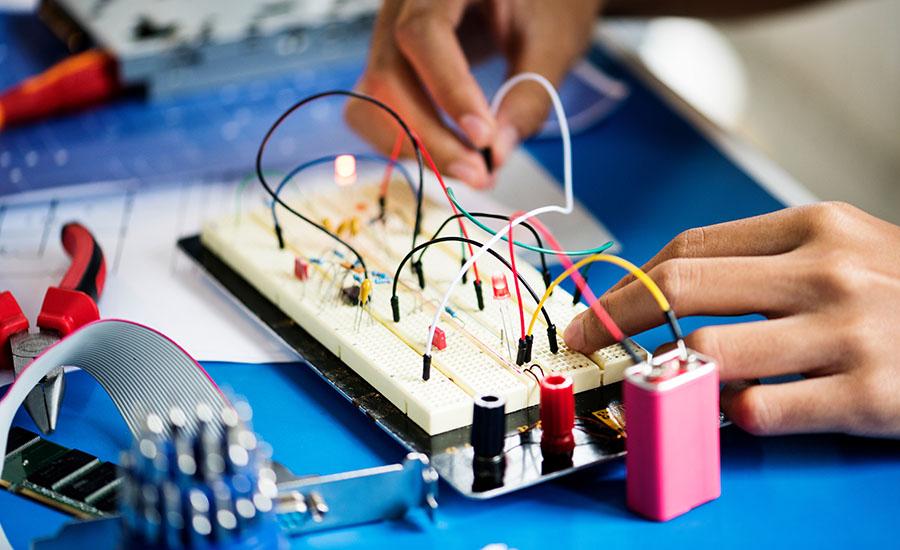
Circuitry Unit: Lesson 1 Creating Open and Closed Circuits
This is lesson one for a unit plan on circuitry. In this challenge, students will be tasked with planning, designing, and testing both open and closed circuits. To make things more interesting, they will be given a scenario involving a fictional alien who has crash-landed on Earth and needs help fixing his spacecraft. The alien requests that the students work together in a team to use an energy stick to test different electrical pathways to reconnect the power switch needed to start the engine of his spacecraft. The students are instructed to create several possible circuit pathways while considering different shapes, distances, and heights to avoid potential issues while the spacecraft is flying.
The class will use Steve Spangler's Giant Energy Stick as the primary material to conduct the investigation. They will hold hands to create a closed circuit, allowing the electricity to flow from one person's hand, through the stick, and into the other person's hand, completing the circle. The students will then hypothesize whether different parts of the body, larger or smaller surface areas being connected, or varying heights will affect the closed circuit. The required materials for the investigation include Steve Spangler's Giant Energy Stick, a poster board or a whiteboard, and markers.
Lesson Grade Level
4th GradeLesson Plan Link/URL
https://docs.google.com/presentation/d/1BmwvpWxPrYJB5lzth3aFcAfLi3WlGNt4UGLyT-t…Related Content

A Shocking Dystopia: STEM Adventures in The City of Ember Part 1 of 4: Blackout! Community Circuits
This lesson is PART 1 of a four-lesson unit, which focuses on futures thinking, the phenomenon of electricity, closed-system agriculture, and water as a renewable energy resource. “The City of Ember”

This lesson intends to expand the student's knowledge of electricity through an exciting hands-on experiment. "The Amazing Power of Fruits allows the students to collaborate as a team and demonstrate

This STEM lesson is designed to explore electrical circuits and engage in a hands-on activity to create, label, and identify the differences between parallel and series circuits. Students will develop